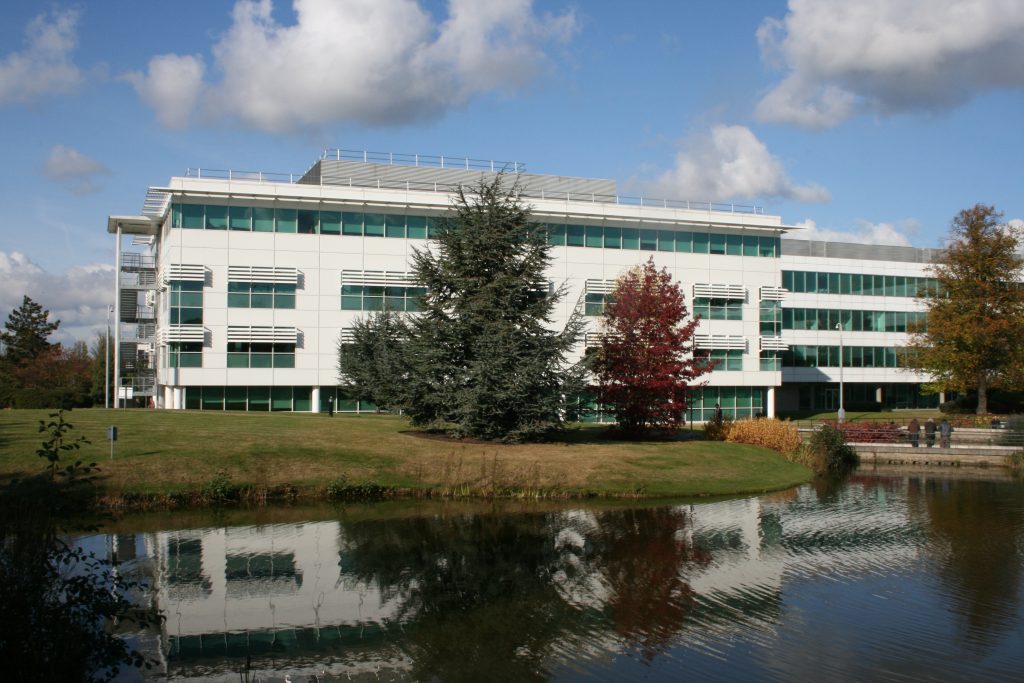Passive cooling with ground source heat pumps
Ground source systems can provide cooling even when the heat pump is not running by heat exchanging the heat transfer liquid from the ground (preferably boreholes) with the heating distribution system (typically underfloor heating or cooling ceiling panels).
This is a cost effective way of reducing indoor temperatures in the summer and as heat from inside the property is moved to the ground collector, the efficiency of the heat pump when producing heating and hot water is increased.
Active cooling with ground source and air source
In active cooling, the heat pump is effectively running in reverse, producing cold water stored in a buffer tank. Cooling can be distributed through underfloor heating pipes, ceiling panels or fan coil units.
Active cooling with ground source
Active cooling means that the heat pump compressor is working to cool down a heat transfer liquid which is stored in a cold buffer tank, kept at a temperature around 7°C. The cooling is usually distributed by fan coil units or ceiling panels.
Active cooling with air source
The compressor in the heat pump is running in reverse, cooling down a heat transfer liquid. The cooling can be distributed though underfloor heating pipes and ceiling panels without using a buffer tank. If the cooling is distributed by fan coil units, a buffer tank is required. When an air source heat pump is set up to do cooling for dwellings, it is not a permitted development, and planning is usually required.











